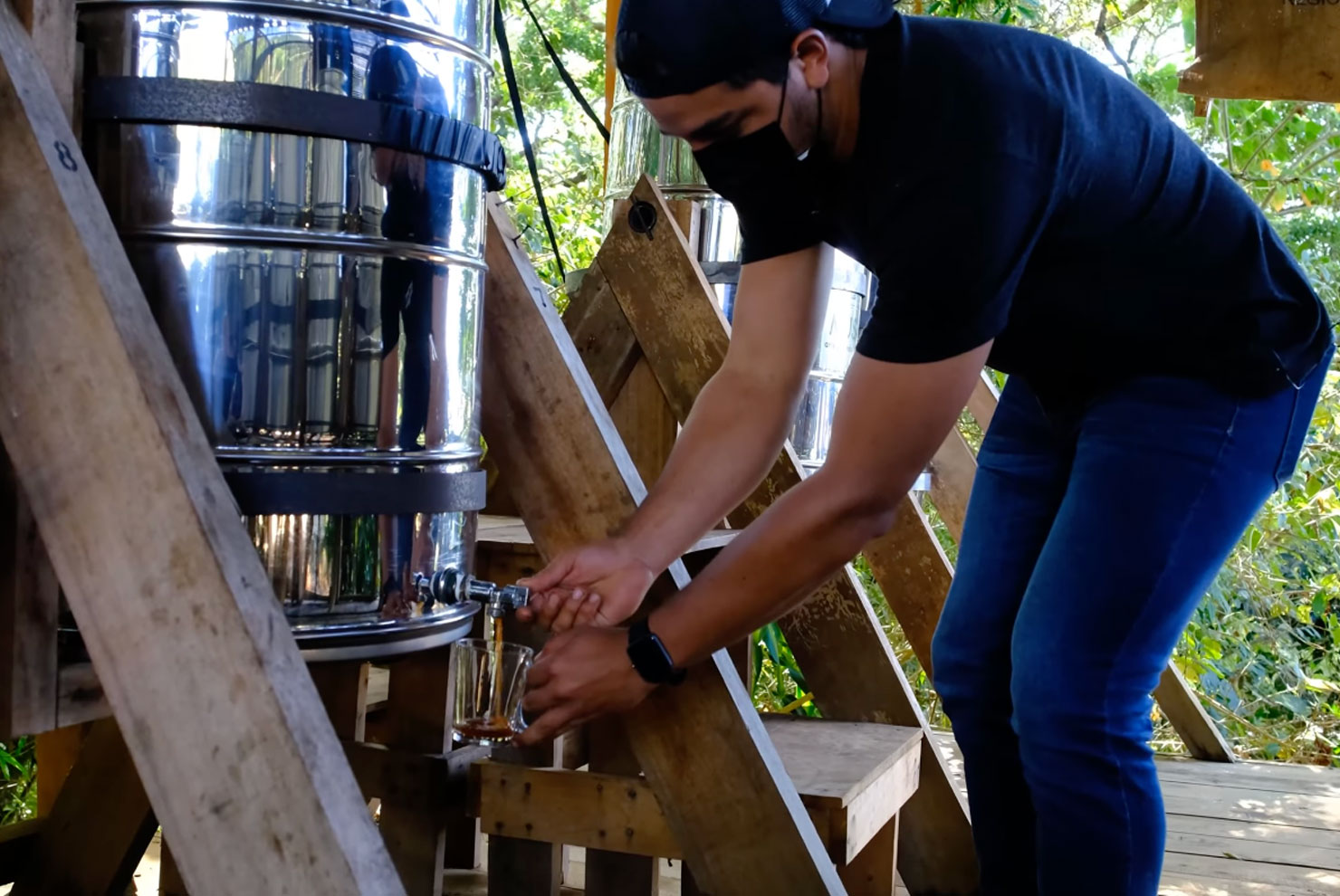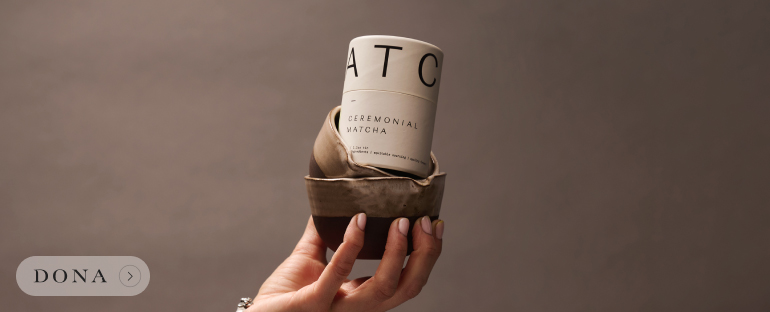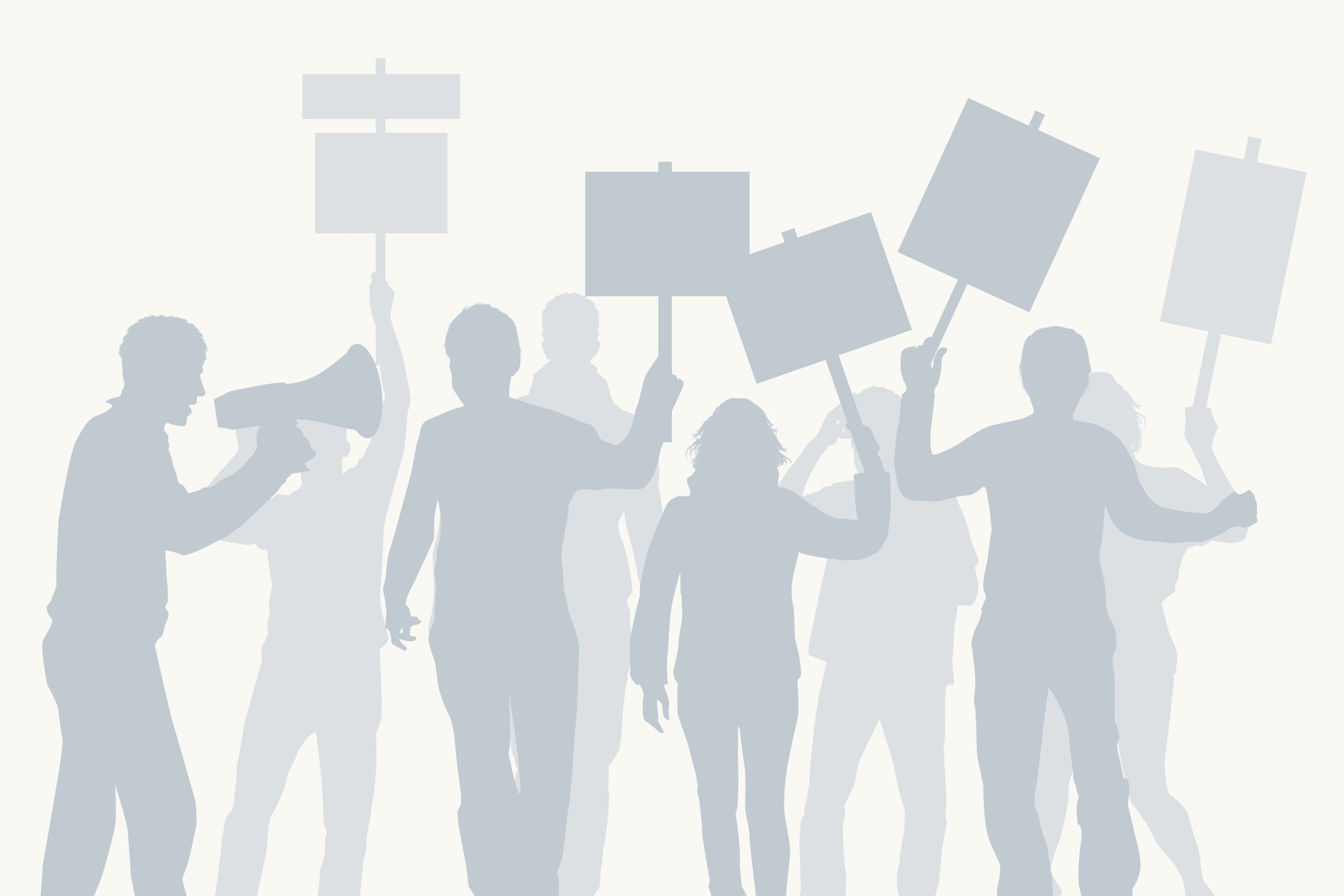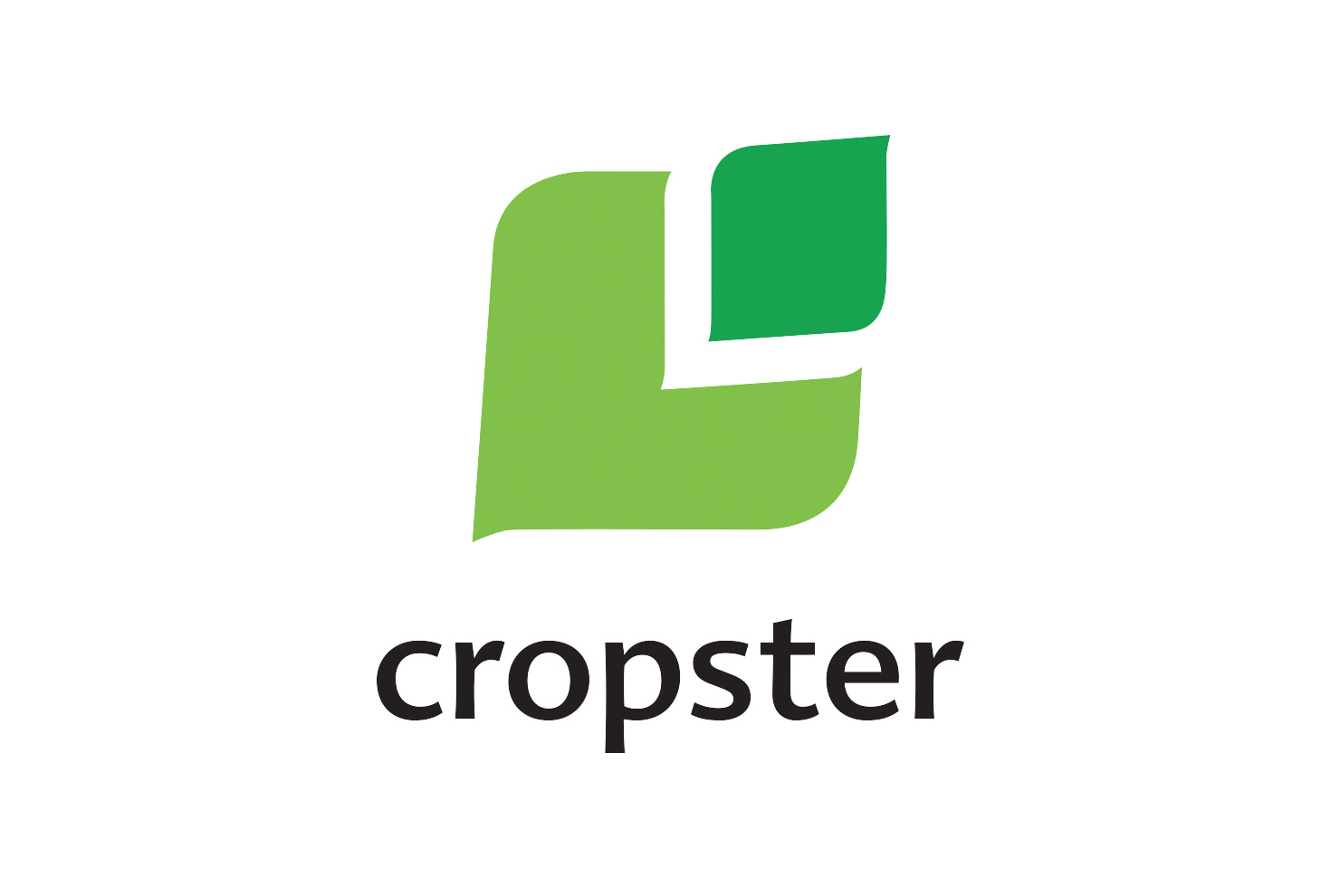Anaerobic coffees are having a moment right now. Nearly every roaster it seems has at least one, if not multiple, coffees that have undergone the rather novel processing method. And for good reason: people love them. Their big, fruit-forward flavors are undeniable, and like the natural processed coffee of yore, anaerobic coffees are often folks’ first foray of “coffee that doesn’t taste like coffee.”
Yet even with all the popularity, most don’t really know much about anaerobic fermentation beyond that it exists and it has a significant effect on the flavor profile. Luckily, our partners at Cafe Imports have put together a fun, informative video on what, exactly, the anaerobic process is and how it fits in with other post-harvest processes.
Written and developed by Dr. Taya Brown, a researcher and educator with Cafe Imports, the five-minute video lays out clearly and concisely what anaerobic fermentation is and dispels many misconceptions about it. In short, an anaerobic coffee is one that, while still in the cherry, has undergone some period of time fermenting in an environment depleted of oxygen. The amount of time spent without oxygen, type of fermentation tank, and even additives like fruit or yeast will vary from farm to farm, even lot to lot, all in ways that can impact taste.
And while anaerobic fermentation is a potential post-harvest process a coffee can undergo, it is not, contrary to common misconception, a processing method in the traditional sense of the term. An anaerobic coffee could also undergo a washed, natural, or honeyed process. “The term anaerobic refers to the environment during the fermentation step, and nothing more,” Dr. Brown tells Sprudge.
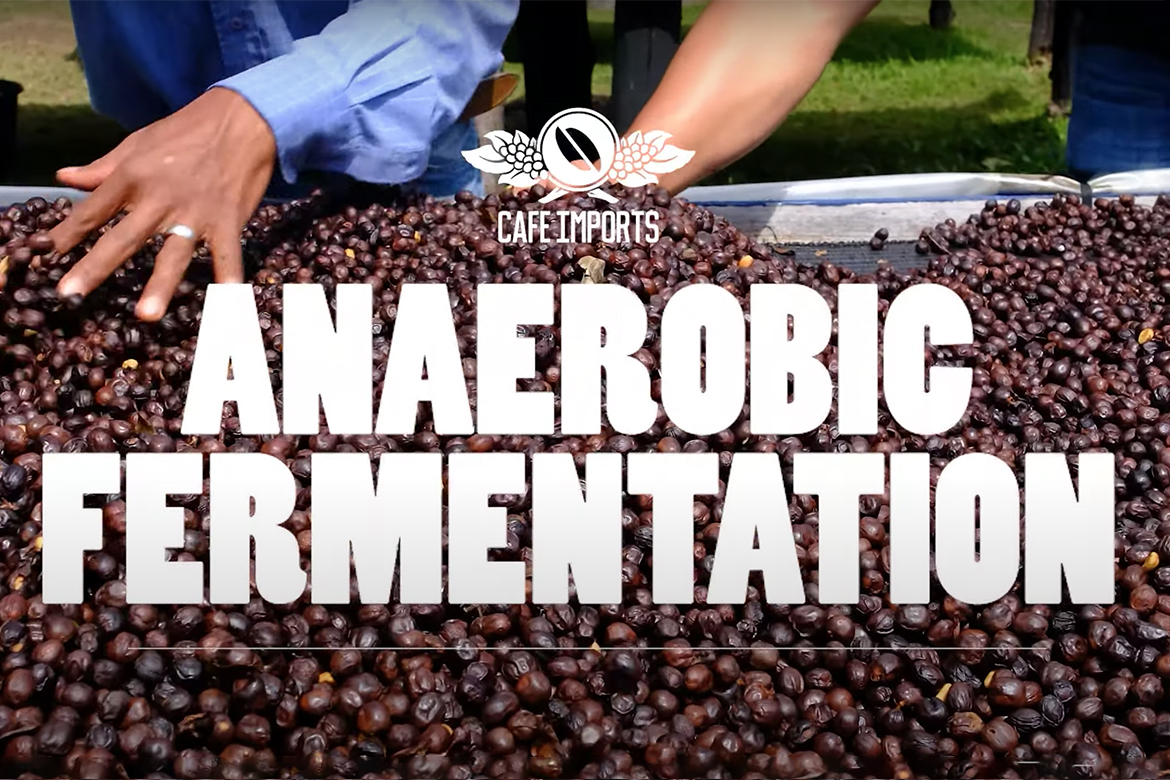
To better illustrate how the process works, the video takes viewers behind the scenes at La Chumeca in Tarrazu, Costa Rica as they put a few of their microlots into anaerobic fermentation. We watch as cherries go from ripe and red as they enter the stainless steel fermentation tanks all the way until they are left to dry on raised bed, as is La Chumeca’s preferred processing method. The video also depicts the intermediary steps to check the fermentation and brix levels in the tanks that the producers use.
In just six short minutes, this video from Cafe Imports clears up many of the misconceptions associated with anaerobic fermentation. Dr. Brown believes the confusion is based in excitement. “There is a hunger for new and interesting coffees and concepts, and for connection to the story behind them,” she states. “The pressure to offer a new coffee, producer, farm, etc., seems to push people to grab hold of and perpetuate a term or trend even before they fully understand it. I think it reflects the excitement specialty coffee folks have for what they do.”
Even still, Dr. Brown hopes that the video will help ultimately put them to rest. “As the conversation evolves, the industry will likely develop clearer ways to discuss anaerobic fermentation, set better expectations for quality and value, and better represent the work behind these coffees. For example, instead of discussing ‘an anaerobic coffee,’ it would be more accurate to list ‘anaerobic fermentation’ as a modulation of the overall processing method, along with length of time (number of days could suffice) and other details like yeast/additive use and any other notable processing steps.
We hope this video helps folks understand a little more about anaerobic fermentation and how to use the term as they explore these fun, interesting, and varied coffees!”
For more information, visit Cafe Imports’ official website.
Zac Cadwalader is the managing editor at Sprudge Media Network and a staff writer based in Dallas. Read more Zac Cadwalader on Sprudge.











